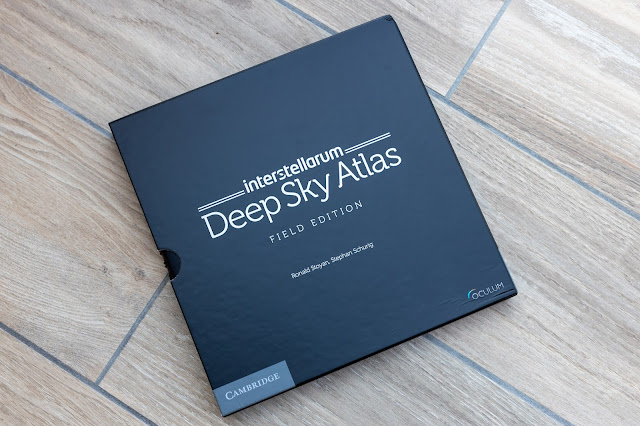During the weekend of June 18 and 19, 2022, I organized an astronomical weekend for VVS Capella and Murzim to the Eifel in Germany. It was a lot of fun to enjoy a trip with our friends in the very nice weather.
Geysir Andernach
Our first stop was at the cold-water geyser in Andernach, the highest cold-water geyser in the world. We first received a small introduction, and could visit the very nice and modern museum for about one hour. We then stepped to the boat for a small trip on the Rhine before we arrived at the geyser. Just after we arrived, we could witness a nice geyser eruption of at least 50 meters high. Very spectacular! After the eruption, we could walk right to the foot of the geyser, and just when we were returning to the boat, we were surprised by a second, smaller eruption.
 |
| Eruption of the Andernach Geysir |
 |
| Eruption of the Andernach Geyser |
Wallender Born Brubbel
After a nice meal in the center of Andernach, we drove to Wallendorf, to see the Wallender Born Brubbel, a much smaller cold-water geyser. Most of us, except some of the late arrivers, could see the end of the eruption (and a bit of water coming out of the geyser for a few extra minutes). As we needed to be on time at the Hoher List Observatory, we could not wait till the next eruption.
 |
| The last phase of the eruption of the Wallender Born Brubbel |
Hoher List Observatory
At Hoher List, we were welcomed by two very enthusiastic astronomers. We could first see a presentation on the observatory and its history, and for the second part of the visit, we could visit the dome where the 1-m telescope is located. The dome is very nice, made with a lot of wood. We could observe the sun through a 15-cm Lichtenknecker refractor telescope and I could even attach my Canon EOS 80D to the telescope to make some pictures of the Sun. It was a very nice visit of the observatory and a nice end of the first day. In the evening, we went to a restaurant in Stadtkyll, where our hotel was located.
 |
| The 1-m telescope at Hoher List |
 |
| Nice sunspots on the Sun (Canon 80D on a 15-cm Lichtenknecker optics refractor). |
 |
| The 1-m telescope at Hoher List |
Astropeiler Stockert
Our first stop on Sunday was the Astropeiler Stockert. The 25-m radio telescope with a very interesting building was the first radio telescope in Germany that could rotate. The plan was to just visit the radio telescope to make some pictures, but when we arrived, the astronomer who observed during the previous night welcomed us with a big smile. He even turned the telescope for us, so that we could make some nicer pictures.
 |
| Astropeiler Stockert |
 |
| Astropeiler Stockert |
Effelsberg Radio Telescope
Our last stop was the 100-m radio telescope in Effelsberg. After a small walk on a planet trail from the parking spot, we could come very close to the radio telescope. A telescope with a diameter of 100m is really impressive! We were lucky, because the observations that were done at the moment we were there, needed to move the telescope to different positions in the sky.
It was possible to walk a bit further down, where a
LOFAR field could be seen. LOFAR is a very low-frequency radio telescope, with the head institute in the Netherlands. The telescope fields are distributed all over Europe.
 |
| The 100-m radio telescope of Effelsberg |
 |
| The LOFAR field near the 100-m Effelsberg radio telescope |
After the visit to the Effelsberg radio telescope, we went to a restaurant in Bad Munstereifel and returned home after a very nice weekend full of astronomy!












Comments
Post a Comment